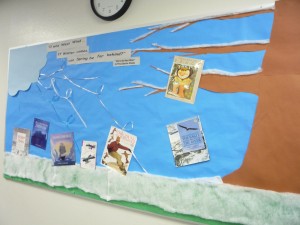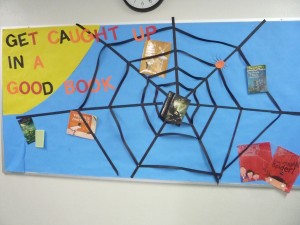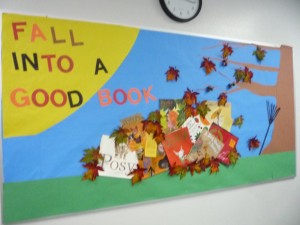I’m a thief.
I’ve stolen one line from a famous family story and used it in the novel I’m working on. Here’s the story in its more accurate version (to be followed by the pithier version that’s usually told).
In the last year of World War II, my father’s family fled the city of Utrecht (in the Netherlands) to his Tante Nell’s house, where they were also joined by his Tante Uut’s family. There were 25 people living/being hidden in this country house and Nell ran the place with military precision. One night, it was one of the kid’s jobs to do the dishes. He preferred not to. When Nell found the dishes undone, she went all over the house looking for the culprit. When it was determined that he was hiding in the little bathroom under the stairs, she stood in front of the door and made a speech about how it was important for everyone to do their job when it was required of them, and if they had to use the bathroom, they should do that on their own time.
The version my uncles always told was more dramatic. In that one, Tante Nell pounded on the door of the bathroom, yelling [language cleaned up a bit], “Poop on your own time!”
I stole just the last bit for a scene between Saul and David. They’ve both just returned from the battle after David killed Goliath. Saul was unable to sleep that night, obsessing about the song the women of every village they passed sang: “Saul has killed his thousands, but David his ten thousands,” which was literally impossible at that time, so it really burned.
Near dawn, Saul demands David be fetched to see whether the boy’s music will calm him down like it always used to:
The sky was still mostly dark when David finally arrived.
“You’re across the courtyard. What took so long?”
David cleared his throat. “My morning, um, attentions, my lord.”
“Piss on your own time,” Saul said. “Now that you’re a great hero and the new hope of all Israel, are you too important to play the harp for your king?”
It’s such a tiny thing, just five words, but I love slipping family lore into my works in progress. There’ll be more of these in the future, some funny, some more dramatic.
Feel free to tell me some of your family lore in return.


